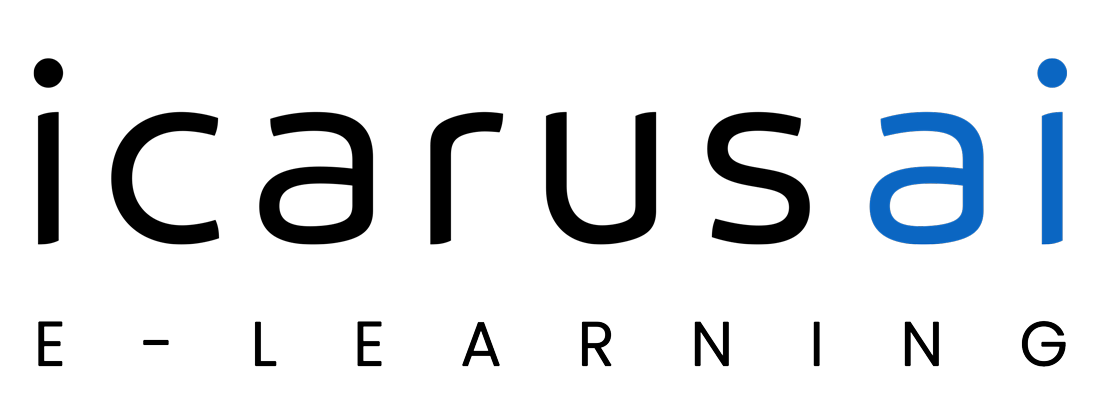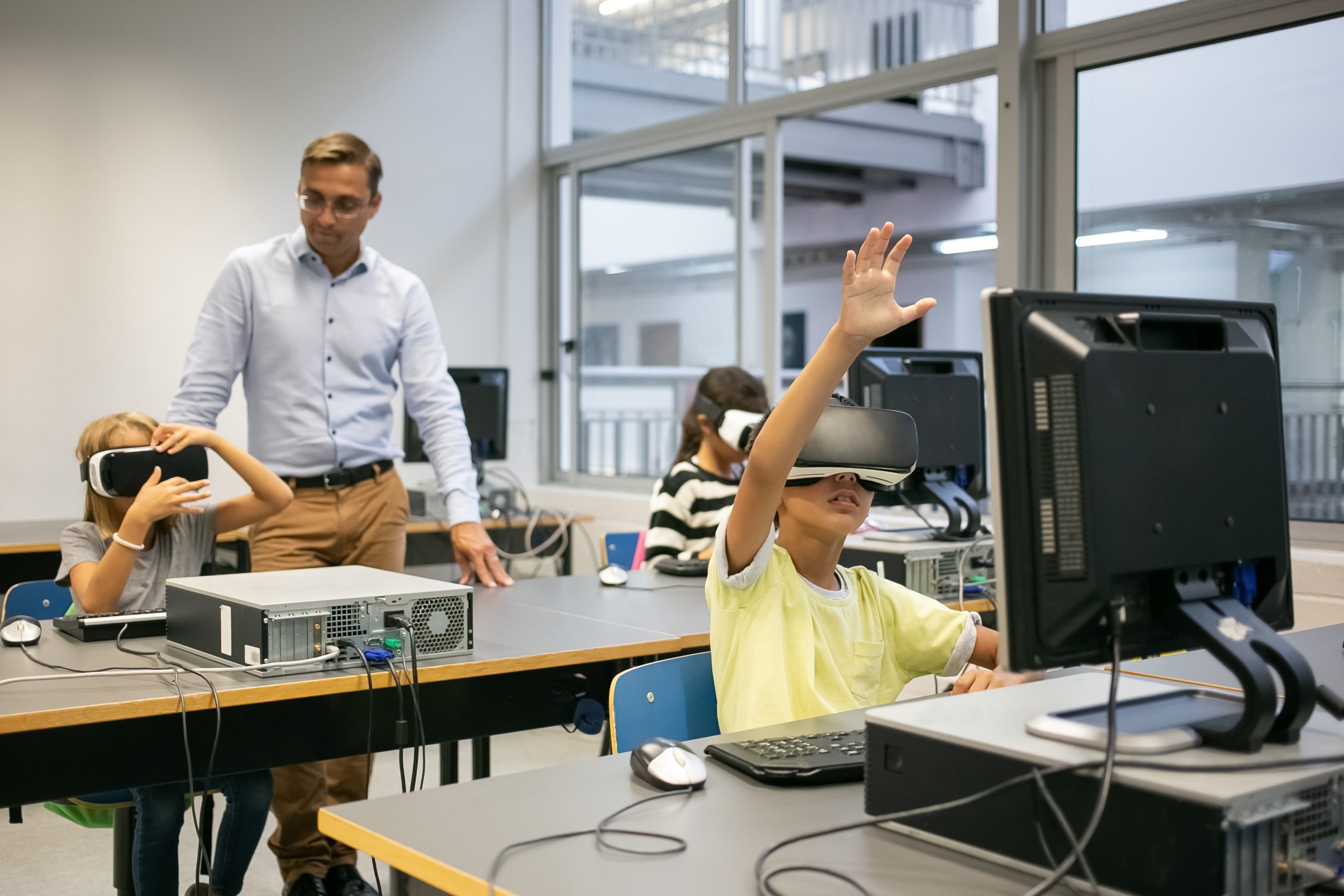Tips for the 2024-2025 academic school year.
Technology is no longer an optional addition; it’s now a fundamental part of the learning environment.
The thoughtful integration of technology into classrooms is becoming increasingly important for enhancing student engagement and making education more accessible. By providing opportunities for interactive learning and access to valuable resources, technology can support various instructional methods and help create a more inclusive educational experience.
Technology Tools
Choosing the right technology tools for your classroom can significantly impact student engagement and learning outcomes. Learning management systems (LMS) such as Google Classroom, Moodle, and Schoology streamline the management of assignments, grading, and communication, while interactive learning tools like Kahoot! and Quizlet encourage active participation through gamification.
Collaborative platforms such as Google Workspace and Microsoft Teams enable real-time collaboration, which foster teamwork and creativity. Additionally, educational apps like Duolingo and Khan Academy offer personalized learning experiences, catering to individual student needs and preferences.
Technology Implementation
When implementing new technology in the classroom, it’s crucial to start with clear educational goals. Ultimately, technology should be recognized and utilized as tool to enhance learning in the classroom and align with these goals.
The best practice for integrating technology is to start small and introduce one or two tools at a time. This ensures that the tools chosen will support teaching objectives, and provide adequate training and support for both teachers and students. Regular monitoring and evaluation of the technology’s effectiveness in meeting learning goals are also essential to ensure continuous improvement and positive impact.
Challenges with Integrating Technology into the Classroom
Despite the many benefits, there are challenges to consider when integrating technology into the classroom, such as ensuring equitable access, addressing privacy concerns, and avoiding screen fatigue. Teachers should strive to balance technology with traditional, hands-on learning experiences.
Strategies like blended learning, station rotations, and flipped classrooms can help create a well-rounded educational environment that incorporates both digital and physical experiences.
By thoughtfully integrating technology, educators can create dynamic and engaging classrooms that prepare students for a technology-driven world.

